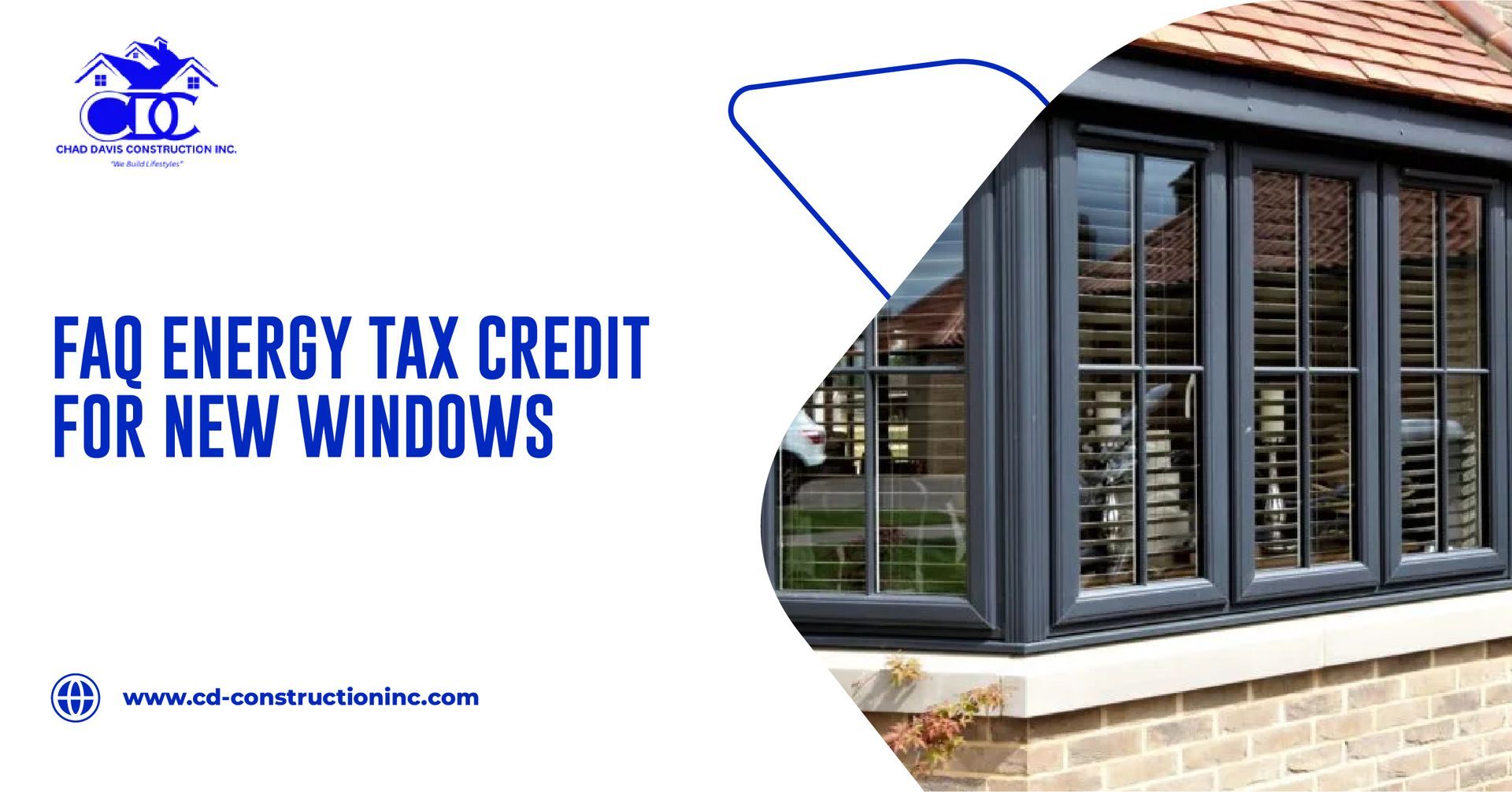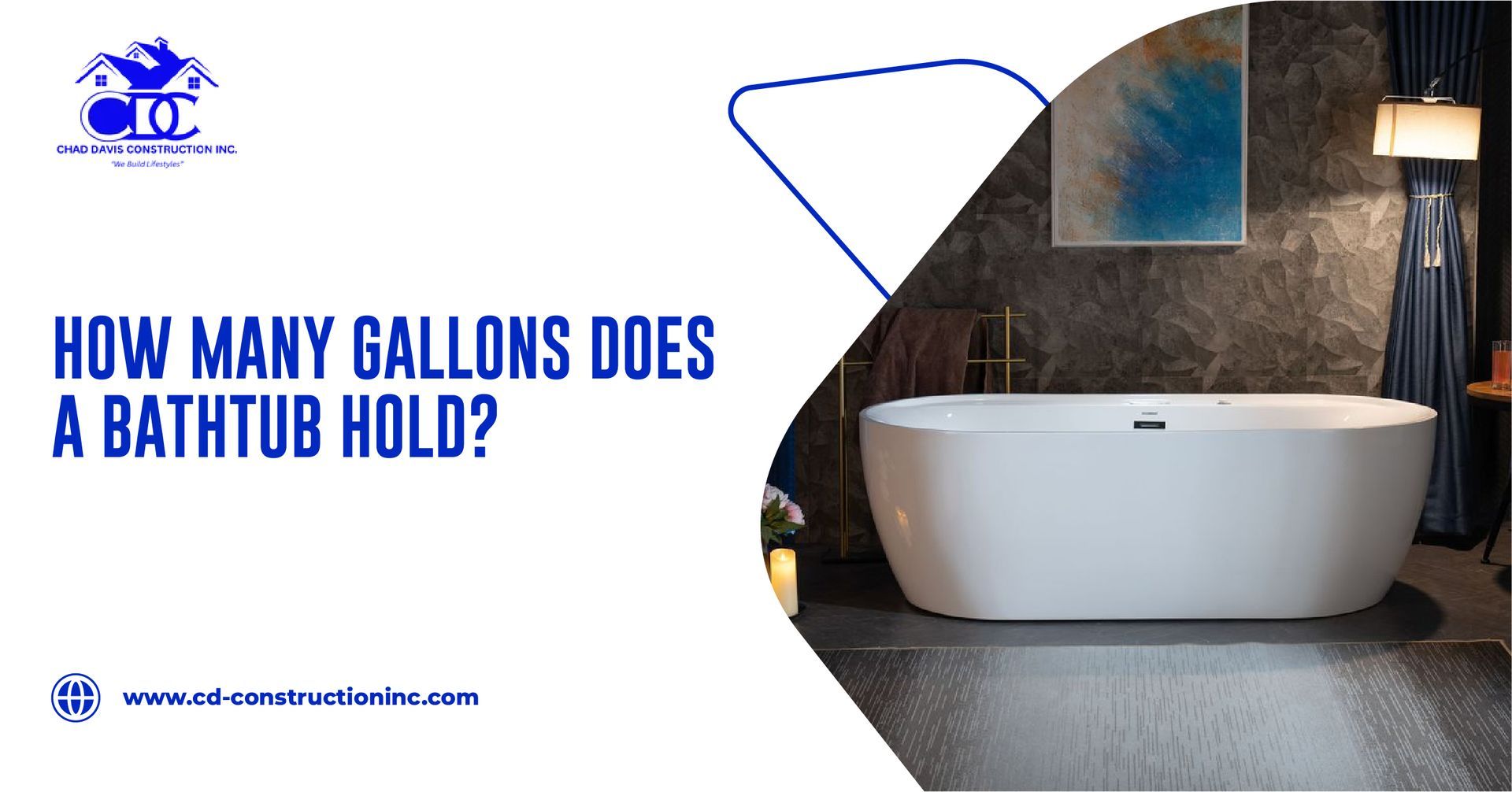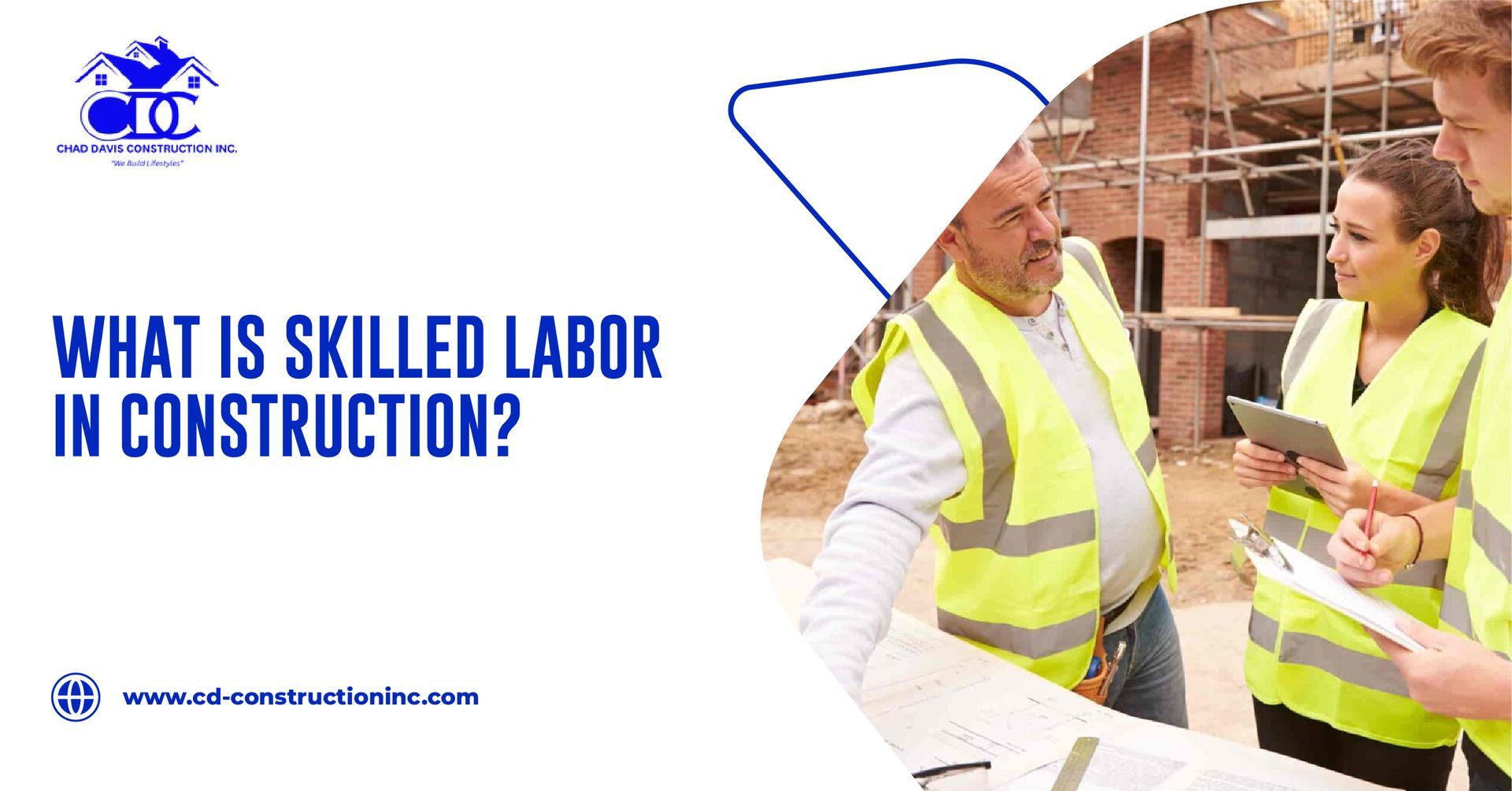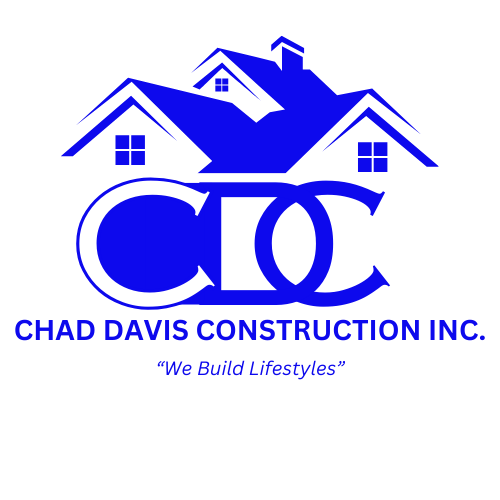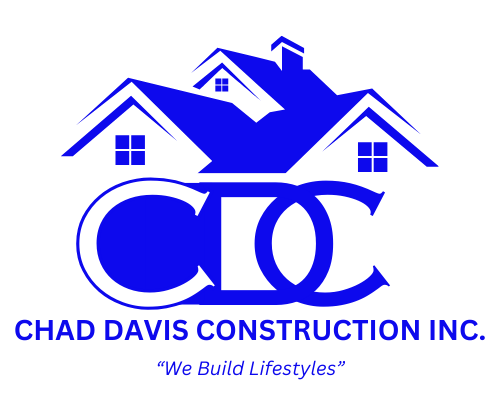Polished Concrete Floors in 2025: Key Trends and What You Need to Know
Polished concrete is becoming a go-to flooring option for homeowners, designers, and business owners looking for a modern, durable, and low-maintenance surface. Once limited to warehouses and factories, it now appears in homes, offices, and luxury spaces because of its clean aesthetic and long lifespan.
Before choosing this sleek flooring solution, it’s important to weigh its advantages, limitations, installation requirements, and design flexibility. This guide provides a comprehensive breakdown of everything you should consider before installing polished concrete floors in 2025.
What Is a Polished Concrete Floor?
Polished concrete is made by grinding down the surface of a concrete slab using diamond abrasives. This process removes imperfections and creates a smooth, often shiny surface. A densifier is used during the process to harden the surface, and various finishes can be added—ranging from a subtle matte to a high-gloss look.
Unlike coatings such as epoxy, polished concrete is not a separate layer—it’s a treatment of the existing concrete base, making it an efficient and environmentally friendly option.
Key Advantages of Polished Concrete
1. Long-Term Durability
One of the main reasons people choose polished concrete is its toughness. When properly finished and maintained, these floors can easily last two to three decades without needing replacement. They're resilient against foot traffic, heavy furniture, and even industrial equipment in commercial settings.
2. Simple Upkeep
Compared to traditional flooring, polished concrete is very low maintenance. There’s no need for waxing or special treatments. Routine cleaning with a dust mop and occasional wet mopping with neutral cleaners is typically enough.
3. Environmentally Friendly
Since it uses the existing concrete slab, this flooring eliminates the need for new materials like tile, vinyl, or carpet. This not only saves resources but also reduces waste and VOC emissions, which can be important for eco-conscious projects or LEED-certified buildings.
4. Custom Look Options
Polished concrete is no longer just plain gray. It can be tailored in many ways—through colored stains, exposed aggregates, or etched patterns. Whether you're aiming for an industrial vibe or a minimalist look, there are design choices to match your style.
5. Brightens Up Interiors
When finished with a reflective sheen, polished concrete can help amplify lighting in a space. This can reduce the need for artificial lighting, especially in commercial or open-plan homes.
For Expert Polished Concrete Flooring Services
Polished Concrete Flooring is a great choice for adding durability and style to your home.
Drawbacks to Consider
1. Comfort and Hardness
Polished concrete is unforgiving underfoot. Standing for long periods can be uncomfortable without rugs or mats. It’s not the best choice for people who want a warm, cushioned surface.
2. Feels Cold
Concrete tends to retain the temperature of its surroundings. In colder climates or during winter months, it can feel chilly unless radiant heating is installed underneath.
3. Cracks May Develop
Concrete naturally expands and contracts with environmental changes. Over time, hairline cracks may form. Though usually harmless, they can become a visual issue if aesthetics are a priority.
4. Moisture Risks
Concrete is porous, and without proper sealing, moisture vapor can seep through the surface, especially in basements or humid climates. This can damage furniture or promote mold growth if ignored.
5. Sound Can Echo
The hard surface of concrete doesn’t absorb sound, so echoes and noise amplification may occur, especially in large, empty rooms. Using soft furnishings or acoustic panels can help manage this.
What the Installation Process Looks Like
Step 1: Inspection and Prep
Before polishing starts, the concrete slab must be checked for cracks, stains, or uneven spots. These are usually repaired ahead of time to ensure a smooth finish.
Step 2: Grinding and Polishing
Contractors use specialized machines with diamond grinding tools to smooth and polish the surface in multiple stages, increasing grit size with each pass. This can be done to varying degrees, depending on how shiny or natural you want the finish.
Step 3: Densification and Sealing
A densifier is applied to strengthen the concrete. After polishing, a protective sealer is added to improve resistance to moisture and stains. Some floors are also burnished for added shine and durability.
Typical Timeline
- Homes: 3–5 days
- Commercial projects: 5–10 days, depending on size and detail
Estimated Costs in 2025
Costs vary based on the condition of the concrete, location, and the level of polish or customization.
Finish Type Cost Range (per sq. ft.)Description Basic Polish$3 – $5Simple matte finish, no colorMid-Level$5 – $8 Light grind with stain or low-sheen High-End Custom$8 – $15+Full aggregate, multiple colors, patterns
Repairs to damaged slabs may add an additional $1–$3 per square foot.
Polished Concrete vs. Epoxy Flooring
Polished concrete and epoxy floors are both popular choices in commercial and industrial settings, but they’re increasingly found in homes too. Polished concrete offers a natural, breathable surface with a clean, modern look. It's highly durable, long-lasting (up to 30 years or more), and resistant to stains and heavy traffic. Epoxy floors, on the other hand, are known for their smooth, seamless surface and excellent chemical resistance. They come in a wide range of colors and finishes, making them a versatile option for garages, hospitals, or retail spaces. However, epoxy may chip or peel over time, especially if not properly installed or maintained. While epoxy can be slippery when wet, polished concrete offers a safer grip with the right finish. Polished concrete tends to be lower maintenance in the long run and better suited for areas where aesthetics and durability are equally important.
Polished Concrete vs. Hardwood Flooring
When comparing polished concrete to hardwood flooring, the differences are more about functionality and design preference. Hardwood floors are prized for their warmth, natural beauty, and comfort underfoot. They bring a timeless appeal to traditional homes and cozy interiors. However, hardwood can scratch easily, is vulnerable to moisture damage, and requires more maintenance—including refinishing and careful cleaning. In contrast, polished concrete is incredibly tough and low maintenance. It doesn’t scratch easily, doesn’t warp, and doesn’t need refinishing. While it may feel cold or hard underfoot, those issues can be managed with rugs or underfloor heating. Polished concrete fits better in modern, industrial, or minimalist interiors, whereas hardwood shines in spaces aiming for warmth and character.
Polished Concrete vs. Ceramic or Porcelain Tile
Both polished concrete and tile are highly durable and moisture-resistant, making them suitable for kitchens, bathrooms, and high-traffic areas. However, there are key differences. Tile offers greater variety in colors, textures, and patterns, which allows for more intricate design options. It’s a solid choice if you’re looking to create a decorative or traditional look. That said, tiles can crack if something heavy drops on them, and grout lines require regular cleaning and sealing to avoid stains or mildew buildup. Polished concrete, by contrast, offers a seamless surface with no grout to maintain. It can be customized with stains or aggregates to achieve a clean, modern look. Both options are hard and cold underfoot, so comfort levels are similar. Overall, tile is better for decorative flexibility, while polished concrete wins for minimalism and easy maintenance.
Polished Concrete vs. Vinyl Flooring
Vinyl flooring—particularly luxury vinyl tile (LVT)—has grown in popularity due to its affordability, comfort, and ease of installation. It’s soft underfoot, comes in countless styles that mimic wood or stone, and is often waterproof. However, vinyl is more prone to tearing, scratching, and fading over time, especially in high-traffic areas. It also lacks the premium feel and long-term durability of polished concrete. Polished concrete, while more expensive upfront, offers far better resistance to wear and tear and can last for decades without replacement. It’s also more eco-friendly, as it uses the existing concrete slab rather than new materials. For budget-conscious homeowners or temporary spaces, vinyl may be the practical choice. For longevity, low maintenance, and a clean, modern aesthetic, polished concrete offers more value over time.
When You’re Ready for Polished Concrete Flooring Installation
Ensure long-lasting beauty with Polished Concrete Flooring, installed by our experts.
Is It Safe to Walk On?
Polished concrete is not naturally slippery, despite the shine. When dry, it offers comparable grip to most finished floors. For high-risk areas (like kitchens or entryways), anti-slip finishes or additives can be included in the final seal.
Safety Tips:
- Choose a satin or matte finish for better traction
- Use anti-slip sealers in wet zones
- Add rugs or mats where needed (especially near sinks and doors)
How to Care for It Long-Term
Keeping polished concrete looking good is simple:
- Daily: Dust mop or sweep
- Weekly: Mop with a neutral pH cleaner
- Monthly: For large areas, an auto-scrubber may be used
- Annually: High-traffic spaces may need reburnishing or spot polishing
Avoid harsh chemicals like bleach or acidic cleaners—they can dull the finish and weaken the sealer.
Popular Finish Styles and Design Features
Aggregate Exposure Levels
- Cream Finish: Subtle, natural appearance
- Salt-and-Pepper: Shows smaller stones and sand
- Full Aggregate: Deeper grind revealing large stones, similar to terrazzo
Gloss Options
- Matte: Soft, natural look
- Satin: Balanced shine
- High Gloss: Mirror-like finish for upscale designs
Color Treatments
- Acid Stains: Create unique, marbled tones
- Water-Based Dyes: Bold, consistent shades
- Patterns: Logos, geometric shapes, or borders via engraving and stenciling
FAQs
Is it a good choice for kitchens or bathrooms?
Yes, as long as it’s properly sealed and includes an anti-slip finish.
Can old concrete be polished?
Absolutely, but damaged or uneven slabs may require prep work first.
Does it need to be resealed regularly?
Typically, every 2–3 years in high-use areas to keep it stain-resistant and glossy.
Is it eco-friendly?
Yes, especially when you’re using the existing concrete slab. It reduces material waste and VOC emissions.
Can it improve resale value?
In many cases, yes—especially in homes with modern, minimalist, or open floor plans.
Conclusion
Polished concrete offers a long-lasting, easy-to-care-for flooring solution that suits a wide range of environments. Its durability, visual versatility, and sustainable qualities make it a smart investment for homeowners and commercial spaces alike. While there are considerations like hardness, coldness, or acoustics, these are manageable with proper planning and design.
If you're exploring flooring options in 2025, polished concrete remains one of the most practical and design-forward choices on the market.
For Professional Flooring Installation Services
Our team specializes in Polished Concrete Flooring to help bring your vision to life.
